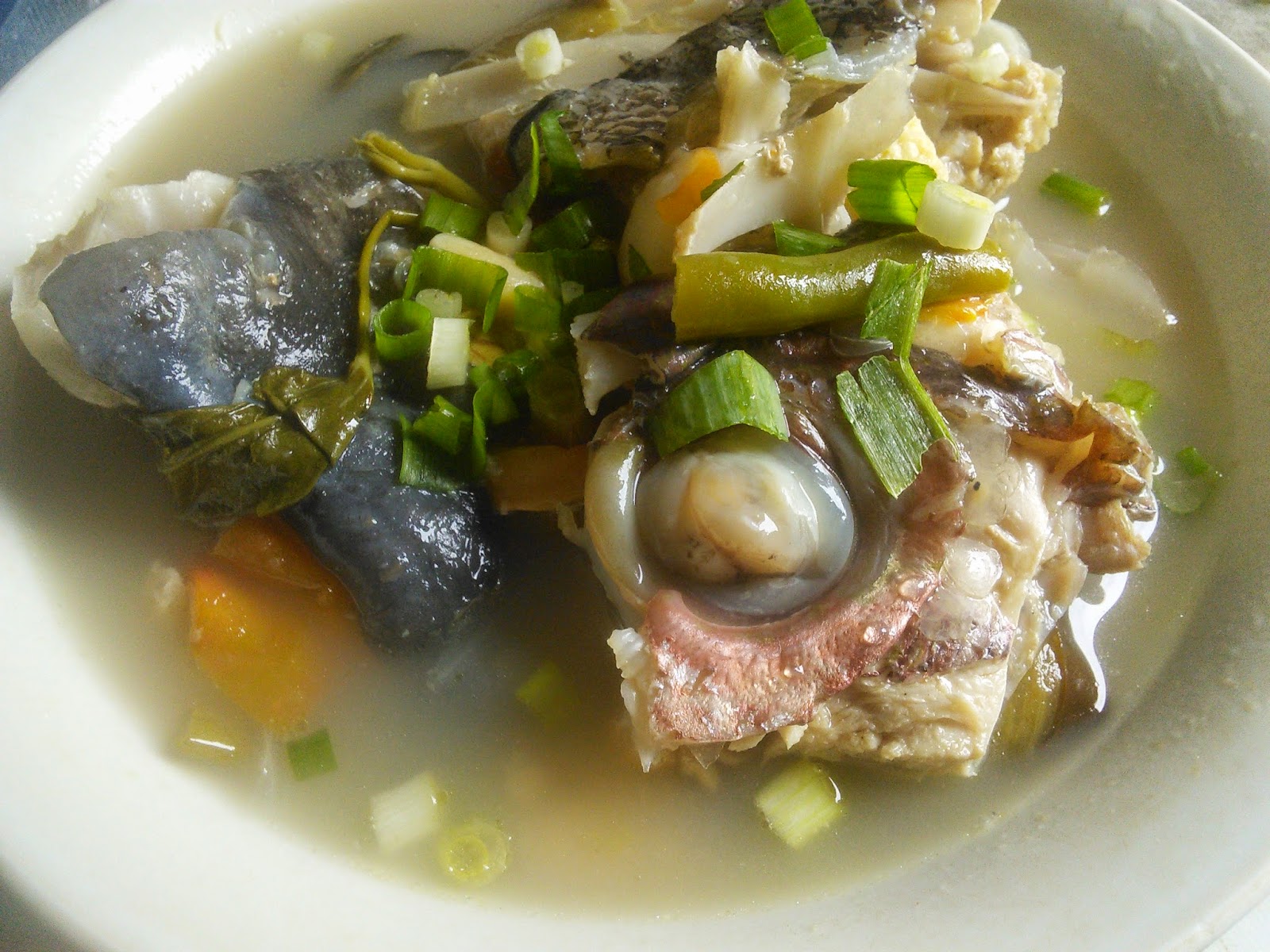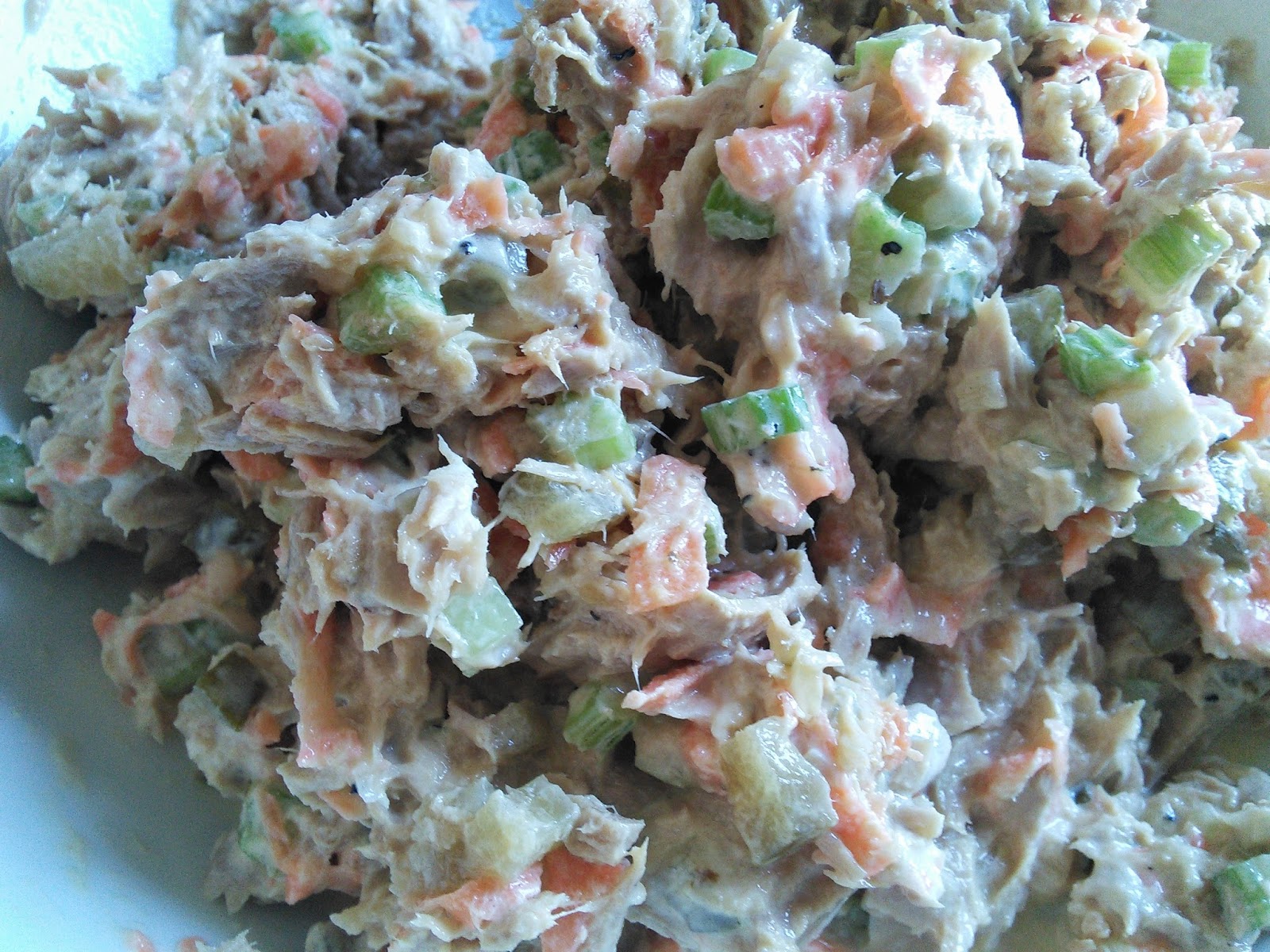 |
| Copyright 2014 LtDan'sKitchen blogs |
 |
| Copyright 2014 LtDan'sKitchen blogs |
Death by Chocolate - Adapted*
For the cake:
8 oz bittersweet chocolates
1/2 cup unsalted butter
2/3 cup milk
1 1/4 cup light brown sugar
2 tsp vanilla extract
2 eggs, separated
2/3 cup sour cream
2 cups self rising flour
1 tsp baking powder
For the Filling and Topping:
4 tbsp seedless raspberry jam
4 tbsp brandy
14 oz bittersweet chocolates
7/8 cup unsalted butter
Chocolate Ganache:
8 oz semisweet chocolate
1 cup heavy cream
1/2 tsp instant coffee
1 tsp vanilla extract
1. Preheat the oven to 350°F. Grease a 9-inch springform pan and line the
base with parchment paper. Set aside.
2. In a small pan, melt the chocolate and butter with the milk over low heat
until smooth. Remove from heat. Stir in the sugar and vanilla. Mix well
and cool slightly.
3. In a bowl, whisk the eggs yolks with the sour cream and beat in the
chocolate mixture. Sift the flour and baking powder and fold in.
4. Beat the egg whites in a grease-free bowl and fold into the mixture. Pour
into the prepared pan and bake for 45-55 minutes or until firm to the
touch. Cool for 15 minutes in the pan and turn out onto a wire rack to
cool completely.
5. To prepare the filling, heat the jam with 1 tbsp of brandy over low heat in
a small pan. Allow to cool and set aside. In another pot, melt the
chocolate with the butter and the remaining brandy. Stir until smooth.
Allow to cool.
6. To assemble the cake, slice the cake into 3 layers. Arrange the lower layer
and spread with half the jam filling and top with half the chocolate filling.
Top with the second layer. Spread with the remaining jam and chocolate
filling and top with the third layer. Cool in the fridge for about an hour or
until set.
7. Prepare the ganache by melting the chocolate in the cream over low heat.
Once smooth, add the coffee and vanilla extract. Allow to cool while
constantly stirring with a wire whisk. The ganache is ready when it is
spreadable. If in a hurry, you can cool in the fridge but keep an eye on it.
8. Cover the cooled cake with the ganache and top with chocolate shavings
of bittersweet and white chocolate bars.
*France, C. Chocolate Ecstasy, Anness Publishing Limited, London: 1996.
















